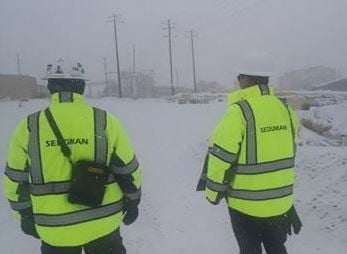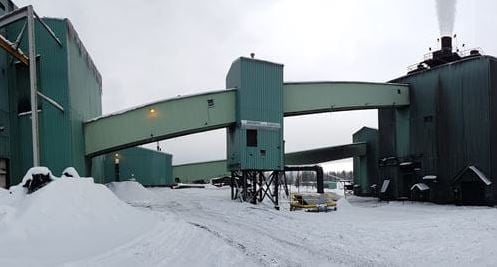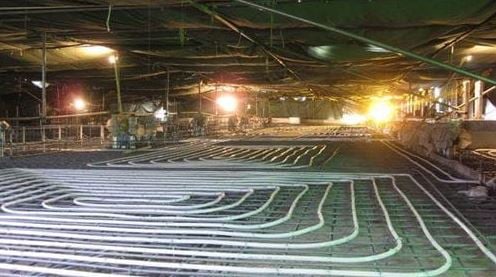Over the past 40 years Sedgman has completed many projects, each with different construction assembly methods. These have been further refined to consider the impacts of cold weather in remote locations.
To help manage time, cost and schedule risk, all projects derive from designs and careful installation methods to manage the conditions and remote location requirements. In using this experience for the delivery of process plants and the surface infrastructure facilities we assess combinations of design options to help de-risk the execution of the project.
We gained valuable experience through our design, construction and operation of three facilities in the South Gobi Desert, Mongolia, for energy resources. We also have working knowledge from designing and constructing in the Americas region during the past eight years. Understanding the specific needs of a remote northern job site and the possible limitations that may be imposed by shipping and erection equipment helps our engineers design the individual components as best possible to facilitate shipping and erection.
Execution Plan and Construction
Cold weather design experience learning has been applied to all our cold weather jobs including:
- Execution plan – sequencing
- Adapted engineering to suit construction and logistical requirements
- Clustering of facilities into common structures
- Off-site preassembly and performance testing
- Modular construction on site to minimise number of hours on site and limit workforce exposure to elements
- Logistics planning for remote areas with short shipping windows
- Leveraging repeatable value from proven systems and processes with tailoring to each project and site conditions
- Our construction management systems support efficient collaboration, document management, field-based records management and building information modelling (BIM) modelling
- Detailed methodologies to address safety and productivity in cold weather environments

Modular Design for Extreme Environments
Sedgman has a long history in modular designs in coal and iron ore, precious and base metals, industrial minerals and mineral sands.
The key benefits include:
- Fully pre-assembled modules including platework, pipework stairs and handrail
- Stacks based on functionality and scalability
- Standard module dimensions
- Oversize vendor equipment delivered separately
- Fully relocatable
- Limited site works which leads to reduced schedule, installation manhours and project risk
- The installation of the completed modules reduces working at height risk

Materials Handling
Materials handling system in cold climates must be adapted to ensure functionality is maintained.
Our solutions to these challenges have included incorporating the following:
- Covered ore stockpile
- Fully enclosed conveyor galleries
- Material transfers inside enclosed towers
- Avoid heating conveyors or transfer towers
- Limit the conveyor slope in the loading transition
- Use of electrical soft starts not affected by temperatures whose maintenance is done in warm electrical rooms
- Use of high lift belts inside concentrator
- Use of large chutes and steep angles
- Line chute plates with polytetrafluoroethylene (PTFE) plastic to eliminate ice and snow sticking issues
- Use of carbide-tipped belt scrapers for scraping frozen snow rather than belt brush cleaners

Buildings and services
- Plants housed within purpose-built insulated building incorporating a specialised heating system to maintain constant temperature in the building
- Automated plant shutdown and drain should the heating system fail
- External piping insulation, heat tracing and natural fall to drain when not in use
- Buried and heated cable racks
- Use of Chinese low temperature C and D type steel
- Type C ( -20 to 0 ° C) - used for structural plate and for secondary structural items
- Type D (-20° C and below) - used for plate work operating in the outside environment such as run-of-mine (ROM) bin and feeder support structure

